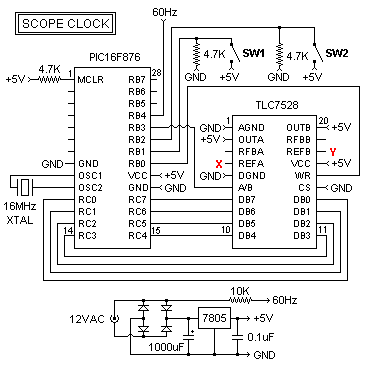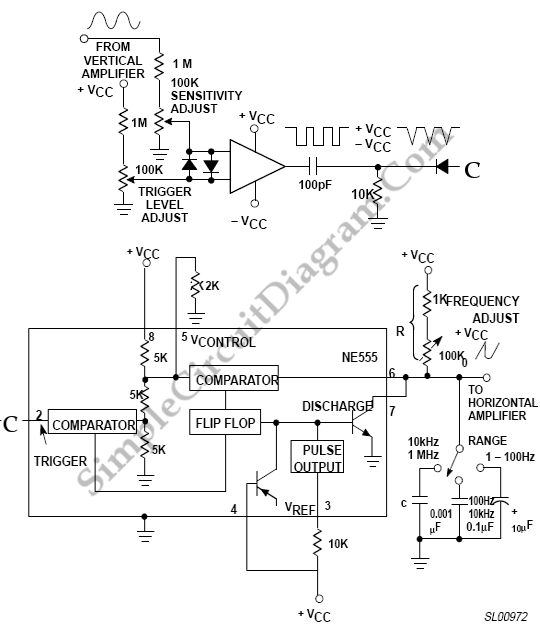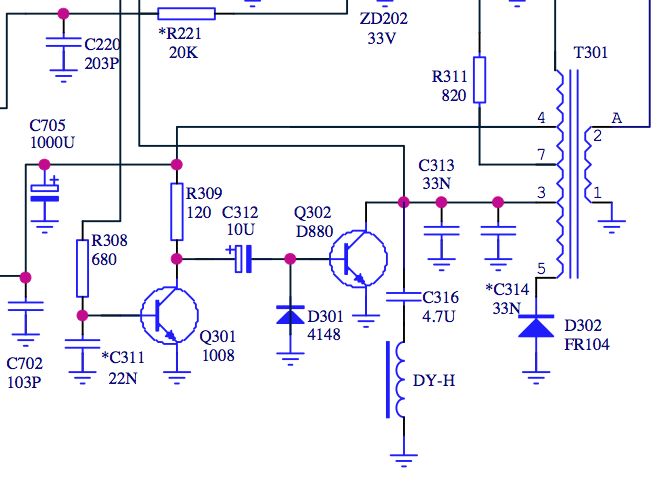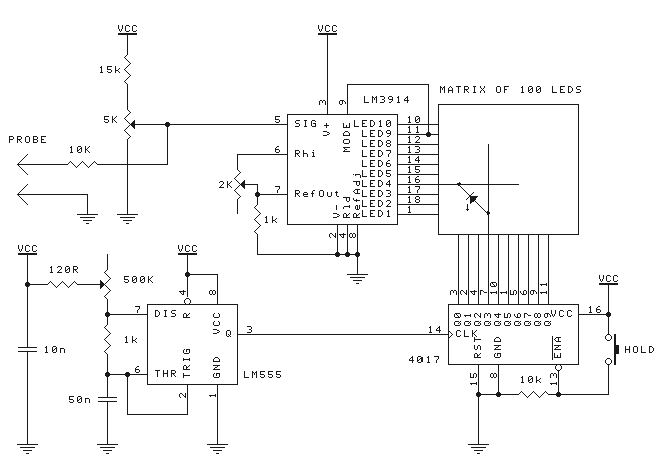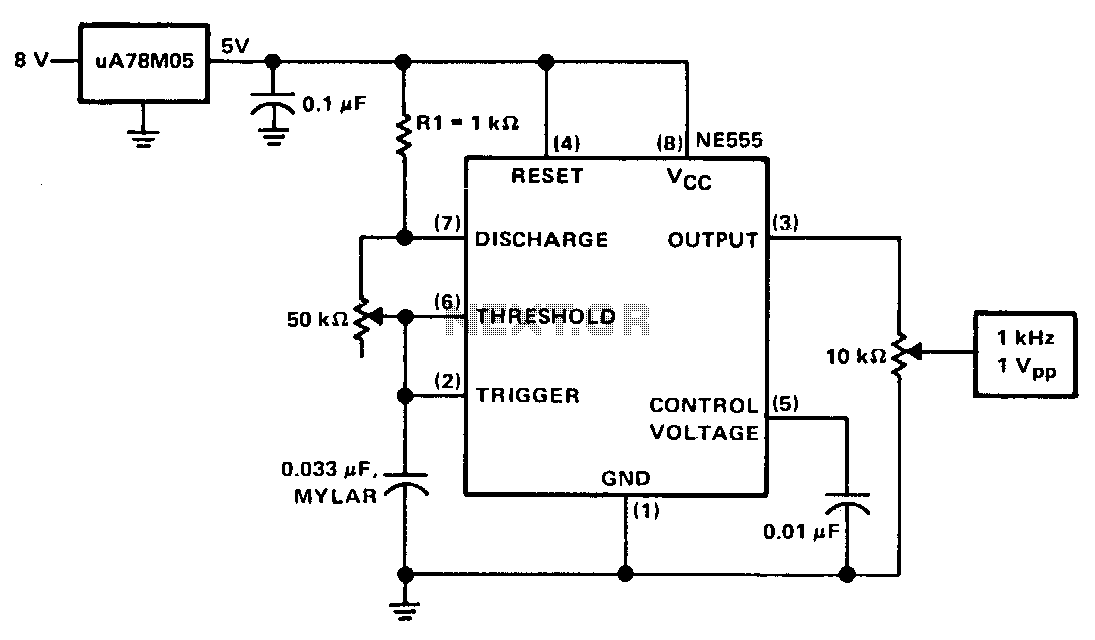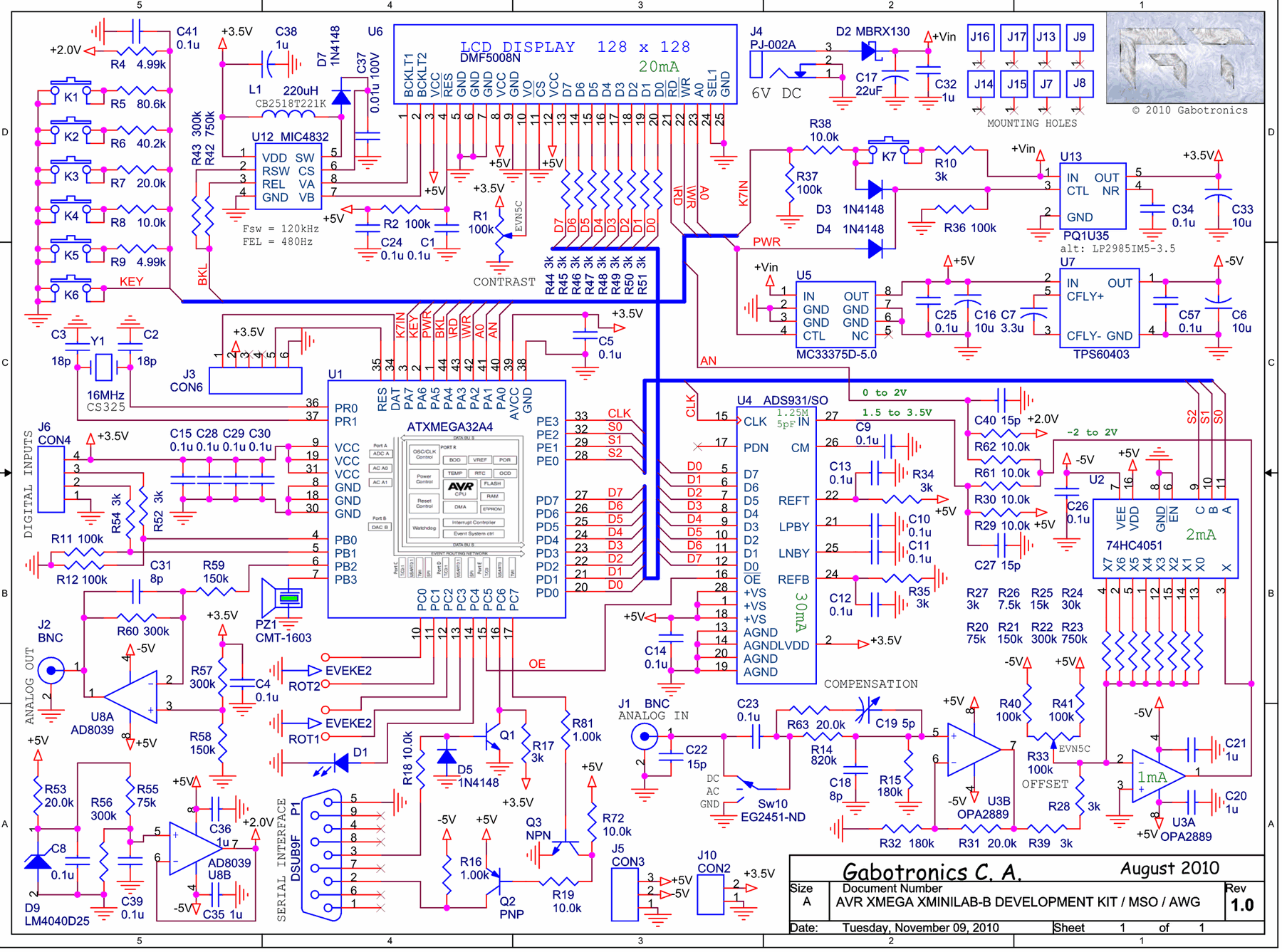
A poormans oscilloscope
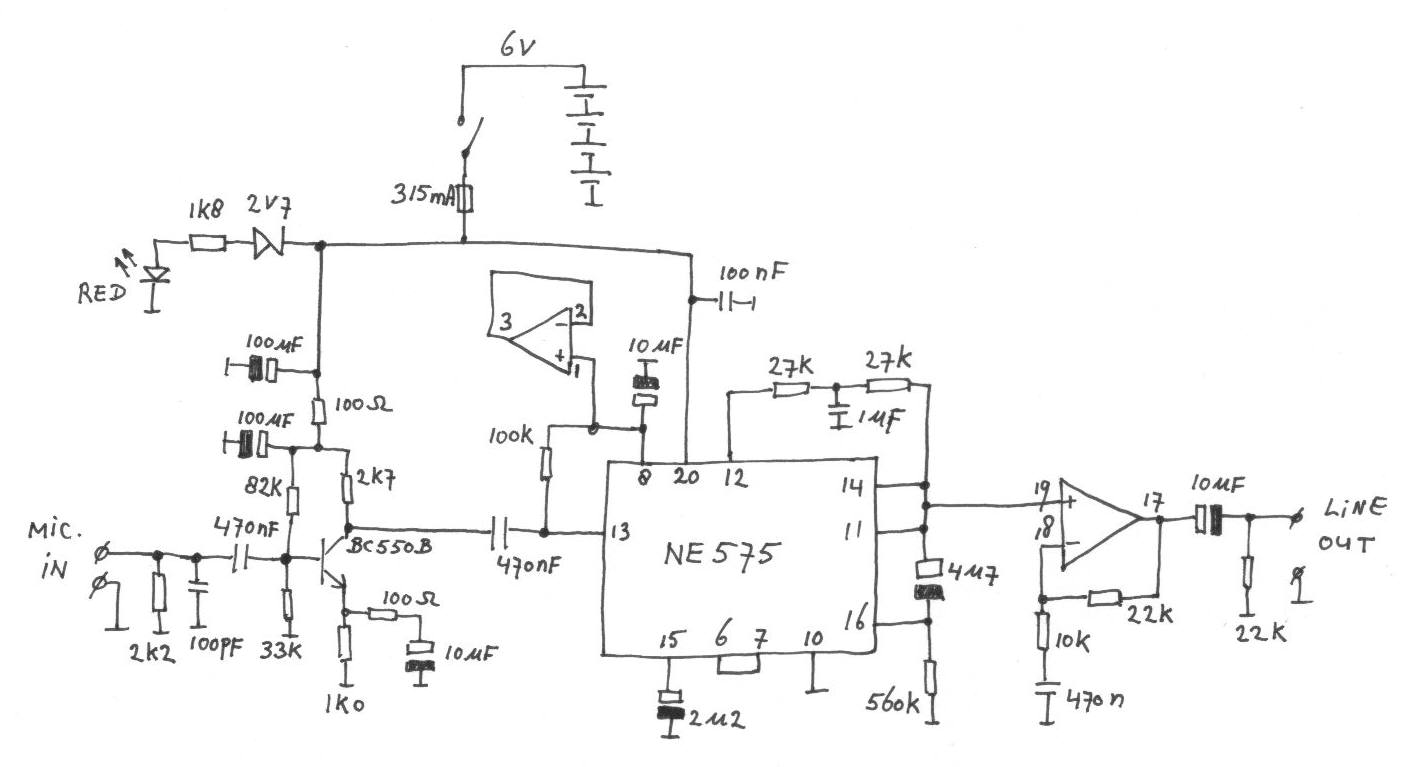
The oscilloscope remains one of the most essential measurement tools for electronic engineers. With the introduction of reasonably priced USB oscilloscopes, this instrument has become accessible to a wider audience. Twenty-five years ago, however, a quality oscilloscope was an expensive device available only to a select few. Consequently, many electronics enthusiasts built their own oscilloscopes. Popular electronics magazines in the 1960s and 1970s featured numerous designs, predominantly based on vacuum tube technology. This trend shifted in 1975 when the Dutch electronics magazine Elektuur (known globally as Elektor) published the fully transistorized "Elektorscoop." Despite this advancement, the cost of cathode ray tubes and specialized high-voltage transformers remained prohibitive for many. To further reduce oscilloscope costs, Elektuur introduced the "Videoscope" in 1978, which sampled analog input signals and stored them in bucket brigade (CCD) memory. The CCD data was then converted into a standard black-and-white video signal for display on a regular television. Although the television needed to be positioned sideways for proper viewing, this was an acceptable trade-off. The design was still relatively complex, involving numerous integrated circuits and several printed circuit boards. Today, advancements in microcontroller technology allow for the simplification of such designs. The µSCOPE project emerged from the examination of the Microchip 12F675 microcontroller, which contains all necessary components for a miniature videoscope. The project aims to demonstrate the feasibility of implementing this complex functionality within a compact microcontroller. The resulting device is a fully operational memory scope that samples analog input signals and displays them on standard TVs (specifically, 625 line PAL standard TVs). While it was not intended to be a sophisticated measurement tool, the circuit can adequately display signals up to a few kilohertz and can be constructed for a minimal cost. The hope is that this "poor man's" scope will be beneficial, particularly for young electronics enthusiasts. The 12F675 is a small member of the Microchip microcontroller family, encapsulated in an 8-pin package featuring a 14-bit processor core, 1k word FLASH program memory, 64 bytes of RAM, and 128 bytes of data EEPROM. It includes standard peripherals such as two timers and a watchdog timer, as well as a 10-bit ADC with sample and hold, a comparator, and a programmable voltage reference. These components can be configured via software, as illustrated in the schematic for the µSCOPE. The analog input is connected to pin 6, which interfaces with the ADC through the sample and hold circuit. The supply voltage serves as the reference for the ADC, establishing a measurement range from 0 to 5V. Additionally, pin 6 connects to one input of the comparator to facilitate the trigger function of the µSCOPE, with the trigger level set by the programmable voltage reference connected to the comparator's other input. The output of the comparator can be inverted through software, allowing for triggering on either positive or negative slopes. The input circuit of the µSCOPE is designed for simplicity and can be customized according to user preferences. The input signal is first decoupled by a capacitor, while resistors are used to set the "zero level" at half the supply voltage.
The µSCOPE architecture leverages the capabilities of the 12F675 microcontroller, which is adept at processing analog signals and performing digital signal processing tasks. The ADC's sample and hold feature ensures accurate representation of the input signal by briefly holding the sampled voltage for conversion. The comparator's role in triggering enhances the usability of the oscilloscope by allowing users to capture specific events in the input signal, making it suitable for various applications in electronics experimentation. The design's modular nature permits users to modify or expand the input circuitry, accommodating different signal types or levels, thus providing flexibility for diverse electronic projects. Overall, the µSCOPE represents an innovative approach to oscilloscope design, utilizing modern microcontroller technology to create an accessible and functional measurement tool for hobbyists and engineers alike.The oscilloscope is still one of the most important measurement tools of the electronic engineer. With the advent of the often very reasonably priced USB scopes, such an instrument is now within reach of every body. Twenty five years ago that was quite a different story. A (good) oscilloscope was then a very expensive instrument available only to a happy few. As a result many electronics hobbyist made their own scope. The popular electronics magazines in the sixties and seventies were full of scope designs almost always based on vacuum tubes. This period was closed in 1975 when the Dutch electronics magazine Elektuur (in the rest of the world known as Elektor) published their fully transistorised "Elektorscoop".
Despite all this, the purchase of the expensive cathode ray tube and Special high voltage transformer remained too expensive for many people. In an effort to lower the price for a scope even further, Elektuur published in 1978 the "Videoscope".
The Videoscope sampled the analog input signal and stored the samples in a bucket brigade (CCD) memory. Next the data in the CCD was converted into an ordinary (black and white) video signal which could be displayed on an ordinary TV.
In order to view the signal in the normal way the TV had to be put on his side, but nobody minded that. All in all it was still a rather complex design comprising a few dozen of ICs and several printed circuit boards.
These days this obviously can be done much simpler. The present generation of micro controllers is so powerful that such a videoscope concept can be realized almost completely in software. Recently I obtained a sample of the 12f675. On examination of the datasheet of this small 8 pins micro controller from Microchip, it appeared that the small package contained all the components of a miniature videoscope.
In short the µSCOPE project was born, with as main objective the challenge of implementing such a relatively complex task in this small micro controller. The result summarized on this web page is a fully functional (memory)scope that samples the analogue input signal and subsequently displays it on a normal TV (Fig.
1). Unfortunately the µSCOPE works only on 625 line PAL standard TVs, sorry. It was never the intention to build a sophisticated measurement instrument. Nevertheless, signals up to a few kHz are reasonably well displayed by this simple circuit that can be build for only a few euro. Hopefully this "poor mans" scope may be of good service to especially the young electronics hobbyist.
The 12f675 is one of the smallest members of the Microchip micro controller family. In the 8 pin package we find a 14-bit processor core, 1k word FLASH program memory, 64 bytes RAM and 128 bytes data EEPROM. Next to the standard peripherals such as two timers, a watchdog timer etc. the 12f675 is also equipped with a 10-bit AD converter with sample and hold, a comparator and a programmable voltage reference.
Al these components can be configured under software control and Fig. 2 depicts how this is done for the µSCOPE. Pin 6 is used as the analogue input. Internally this pin is connected via the sample and hold to the AD converter. Since the supply voltage is used as the reference voltage for the AD converter, the measurement range is exactly from 0 to 5V. Pin 6 is also connected to one of the inputs of the comparator to implement the trigger function of the µSCOPE.
The trigger level is determined by the programmable voltage reference which is connected to the other input of the comparator. Since it is possible to invert the output of the comparator by software, it is possible to trigger on a positive or negative slope.
The input circuit of the µSCOPE is kept as simple as possible and can be expanded depending on individual wishes. The input signal is first DC decoupled by C6. R8 and R9 set the "zero level" at half the supply voltage. The first line of protection against too high i 🔗 External reference
The µSCOPE architecture leverages the capabilities of the 12F675 microcontroller, which is adept at processing analog signals and performing digital signal processing tasks. The ADC's sample and hold feature ensures accurate representation of the input signal by briefly holding the sampled voltage for conversion. The comparator's role in triggering enhances the usability of the oscilloscope by allowing users to capture specific events in the input signal, making it suitable for various applications in electronics experimentation. The design's modular nature permits users to modify or expand the input circuitry, accommodating different signal types or levels, thus providing flexibility for diverse electronic projects. Overall, the µSCOPE represents an innovative approach to oscilloscope design, utilizing modern microcontroller technology to create an accessible and functional measurement tool for hobbyists and engineers alike.The oscilloscope is still one of the most important measurement tools of the electronic engineer. With the advent of the often very reasonably priced USB scopes, such an instrument is now within reach of every body. Twenty five years ago that was quite a different story. A (good) oscilloscope was then a very expensive instrument available only to a happy few. As a result many electronics hobbyist made their own scope. The popular electronics magazines in the sixties and seventies were full of scope designs almost always based on vacuum tubes. This period was closed in 1975 when the Dutch electronics magazine Elektuur (in the rest of the world known as Elektor) published their fully transistorised "Elektorscoop".
Despite all this, the purchase of the expensive cathode ray tube and Special high voltage transformer remained too expensive for many people. In an effort to lower the price for a scope even further, Elektuur published in 1978 the "Videoscope".
The Videoscope sampled the analog input signal and stored the samples in a bucket brigade (CCD) memory. Next the data in the CCD was converted into an ordinary (black and white) video signal which could be displayed on an ordinary TV.
In order to view the signal in the normal way the TV had to be put on his side, but nobody minded that. All in all it was still a rather complex design comprising a few dozen of ICs and several printed circuit boards.
These days this obviously can be done much simpler. The present generation of micro controllers is so powerful that such a videoscope concept can be realized almost completely in software. Recently I obtained a sample of the 12f675. On examination of the datasheet of this small 8 pins micro controller from Microchip, it appeared that the small package contained all the components of a miniature videoscope.
In short the µSCOPE project was born, with as main objective the challenge of implementing such a relatively complex task in this small micro controller. The result summarized on this web page is a fully functional (memory)scope that samples the analogue input signal and subsequently displays it on a normal TV (Fig.
1). Unfortunately the µSCOPE works only on 625 line PAL standard TVs, sorry. It was never the intention to build a sophisticated measurement instrument. Nevertheless, signals up to a few kHz are reasonably well displayed by this simple circuit that can be build for only a few euro. Hopefully this "poor mans" scope may be of good service to especially the young electronics hobbyist.
The 12f675 is one of the smallest members of the Microchip micro controller family. In the 8 pin package we find a 14-bit processor core, 1k word FLASH program memory, 64 bytes RAM and 128 bytes data EEPROM. Next to the standard peripherals such as two timers, a watchdog timer etc. the 12f675 is also equipped with a 10-bit AD converter with sample and hold, a comparator and a programmable voltage reference.
Al these components can be configured under software control and Fig. 2 depicts how this is done for the µSCOPE. Pin 6 is used as the analogue input. Internally this pin is connected via the sample and hold to the AD converter. Since the supply voltage is used as the reference voltage for the AD converter, the measurement range is exactly from 0 to 5V. Pin 6 is also connected to one of the inputs of the comparator to implement the trigger function of the µSCOPE.
The trigger level is determined by the programmable voltage reference which is connected to the other input of the comparator. Since it is possible to invert the output of the comparator by software, it is possible to trigger on a positive or negative slope.
The input circuit of the µSCOPE is kept as simple as possible and can be expanded depending on individual wishes. The input signal is first DC decoupled by C6. R8 and R9 set the "zero level" at half the supply voltage. The first line of protection against too high i 🔗 External reference
Warning: include(partials/cookie-banner.php): Failed to open stream: Permission denied in /var/www/html/nextgr/view-circuit.php on line 713
Warning: include(): Failed opening 'partials/cookie-banner.php' for inclusion (include_path='.:/usr/share/php') in /var/www/html/nextgr/view-circuit.php on line 713
